A recent CDC report revealed a messy truth about American cleaning habits:
While 60% of the people they surveyed were cleaning and disinfecting their homes more frequently, as many as 1/3 had engaged in risky cleaning behaviors during the COVID-19 pandemic.
There may be a serious knowledge gap in our country about how to safely clean and disinfect our homes, including:
- Safe preparation of cleaning and disinfectant solutions
- Use of recommended personal protective equipment when using cleaners and disinfectants
- Safe storage of hand sanitizers, cleaners, and disinfectants
Safe cleaning may not seem like a big deal, but improper use or mixing of cleaning products can lead to serious health problems. The results can range from red, itchy eyes, to skin rashes, to severe lung damage or death.
You’re probably wondering why a security company is talking about cleaning your home rather than protecting it. Well, we’re in the business of safe. And it doesn’t matter what the topic is; if we can help, we will. That said, here’s some helpful tips to help you clean your home more safely.
Safe Home Cleaning Tips
The CDC puts these three tips front and center:
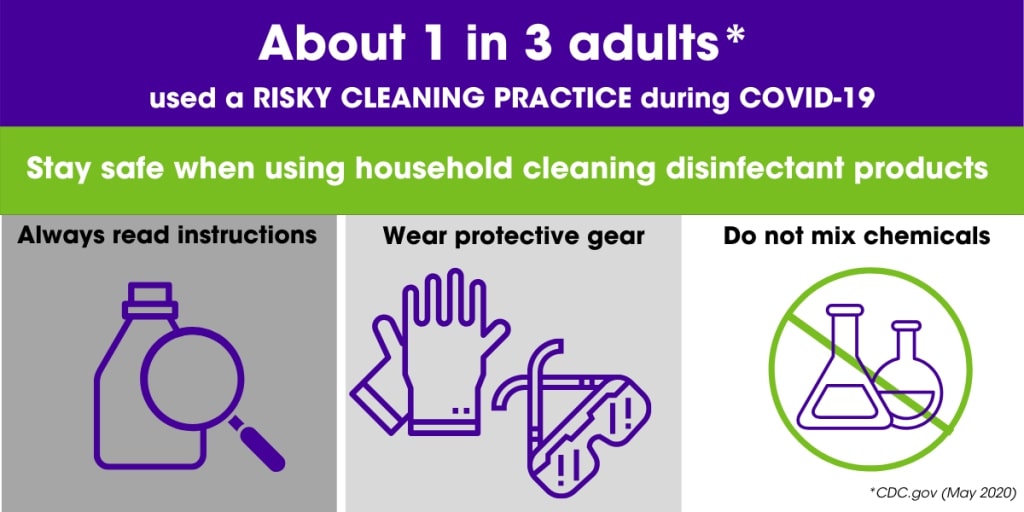
1. Read the label.
Treat new cleaning supplies with the same care you would treat a new prescription medication or a power tool. Don’t just dive in and hope for the best; read the directions!
Cleaning product labels lay out information about active ingredients, how to store and use them safely, and any possible hazards you should be aware of. This is where you’ll find answers to important questions like:
- Do I need to use this product in a well-ventilated area?
- What surfaces are safe to use this product on?
- Should I wear protective gear (like gloves) while using it?
What to look for:
Directions / Instructions: This section is going to give you the rules of the road — how to use it, where to use it, how long to use it, etc.

Some products will display pictograms to help you visualize correct usage.
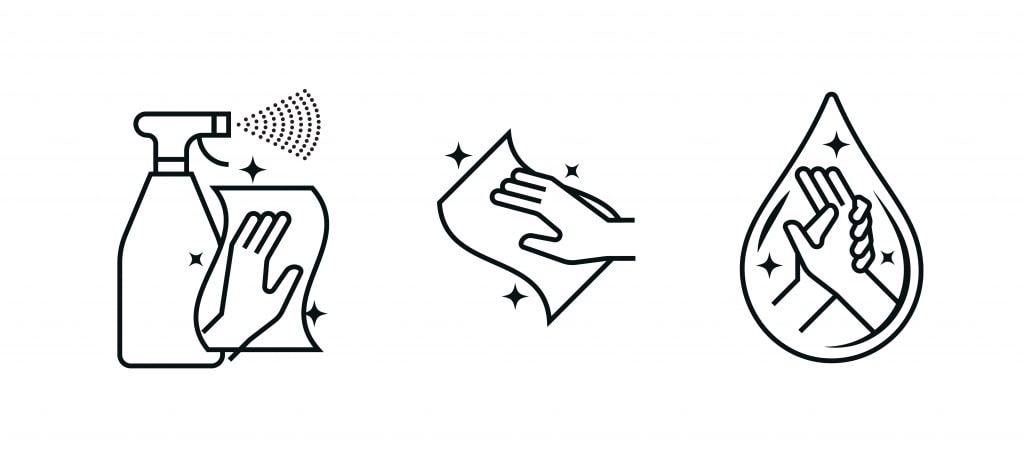
Ingredients: If a product label does not show the full list of ingredients, it will usually tell you where they can be found online.
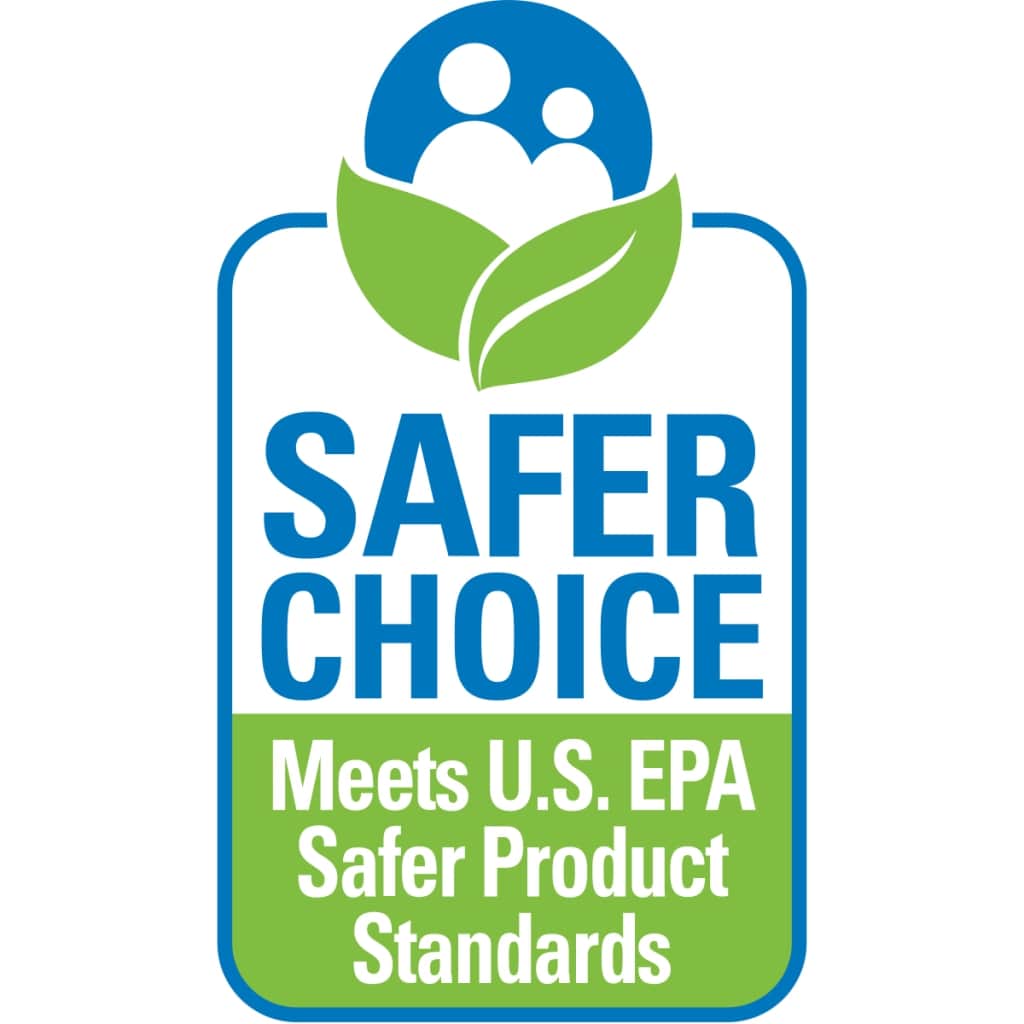
TIP: To find the safest cleaning products for you and your family, look for the EPA’s Safer Choice label. Safer Choice-labeled products are evaluated by EPA scientists to help consumers identify effective cleaning products that are safer for people, pets, and the environment.
If you’re specifically looking for cleaning products to use against COVID-19, check out the EPA’s list of disinfectants.
Storage and Disposal: No big surprises here — this part will tell you how to safely store and throw away the product. Cleaning products should be kept somewhere cool, clean, and dry, safely away from children and pets, and always in the original container.
Precautionary Statements / Warnings: This information may be grouped together or broken out into different sections, but this is where you’ll learn about any possible hazards. Almost all products will include a warning to “KEEP OUT OF REACH OF CHILDREN.”
You’ll also find first aid instructions telling you what to do in case of accidental exposure — for example, if you get the product in your eyes.
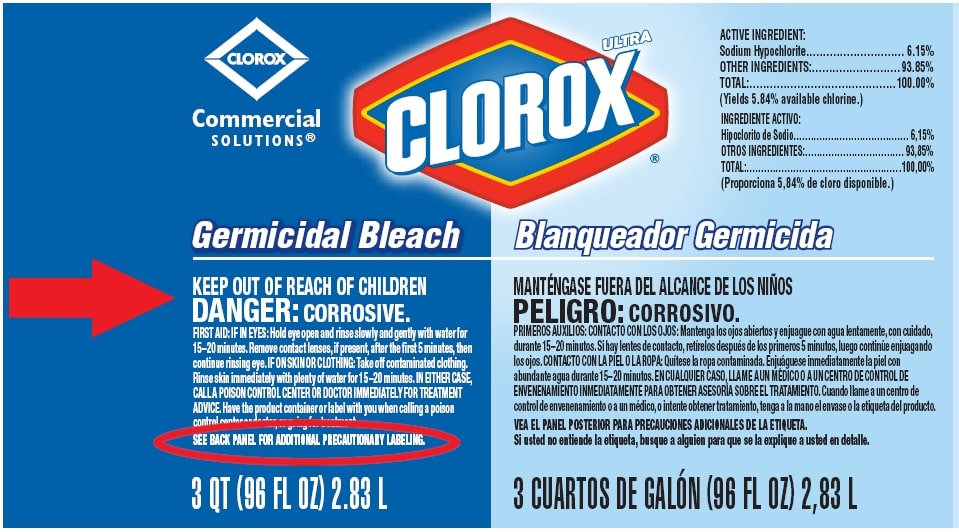

Keep your eyes peeled for “signal words” that tell you how hazardous a product may be, like:
POISON = highly toxic.
DANGER = extremely flammable, corrosive or highly toxic.
WARNING = moderate hazard.
CAUTION = mild/moderate hazard.
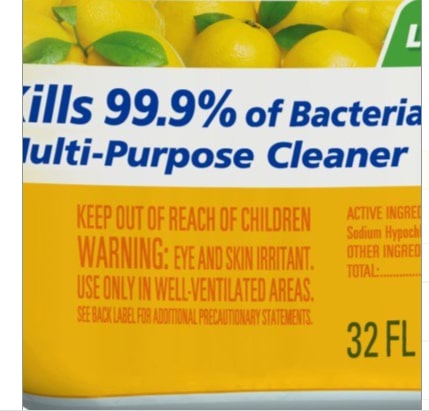
The label will also include more specific information such as whether the product is:
- Flammable – the product can catch fire spontaneously or burn easily.
- Corrosive – the product can cause a chemical reaction which will eat through materials or living tissue.
- Reactive – the product can react with air, water or other substances to cause rapid heating or explosions.
- Toxic – the product is poisonous and may cause illness or death.
2. Wear the right protective gear.
You wouldn’t send your kids to hockey practice without pads, or let them ride a bike without a helmet. So don’t forget to suit up with the right gear when you clean, such as protective clothing, gloves, or safety goggles. If protective gear is required, the label will tell you.
Always keep in mind that many cleaning products use harsh chemicals that can cause serious harm to your body. Never eat, drink, inhale, or inject these products into your body, and never apply them directly to your skin. This is seriously, seriously (did we say seriously?) dangerous. Also, if you have pets, don’t wipe or bathe pets with cleaning products, or any other products that are not approved for animal use.
3. Don’t mix chemicals.
Unlike baking, where adding a little of this and a little of that is kind of free and fun, cleaning is not the time to experiment. When mixed, the contents of certain cleaners can trigger dangerous chemical reactions.
Bleach (or any bleach-containing product) should never be mixed with other cleaning product, especially one containing ammonia. Mixing bleach and ammonia produces toxic fumes that, when inhaled, cause coughing; difficulty breathing; and irritation of the throat, eyes, and nose.
The only thing you should be mixing bleach with is water, because bleach should always be diluted.
The CDC recommends the following bleach solution to kill the coronavirus:
- 5 tablespoons (1/3rd cup) bleach per gallon of room temperature water
OR
- 4 teaspoons bleach per quart of room temperature water
This bleach solutions will be effective for disinfection for up to 24 hours. It can be applied with a cloth or poured into a clean spray bottle and sprayed onto surfaces. Be sure to label the solution after you dilute it.
More safe cleaning best practices
3. Make sure you have proper ventilation.
Try not to breathe in any product fumes. If you’re using cleaning products indoors, open your windows and doors to let the fresh air in. When possible, use a fan to pull the air out of the room.
5. Be prepared for an emergency.
If you think you or someone you know has been poisoned, do one of the following right away:
- Use the webPOISONCONTROL online tool to get treatment advice based on age, substance, and amount. More info here.
- Call Poison Control at 1-800-222-1222 for expert guidance.
IMPORTANT: If the person in trouble collapses, has a seizure, has trouble breathing, or can’t be awakened, call 911 immediately.
6. Keep your hands clean.
Always wash your hands after using cleaning chemicals and before eating, drinking, or touching another person or a pet.

